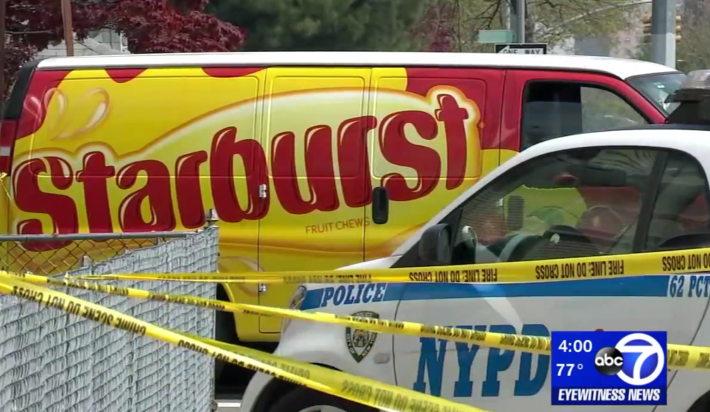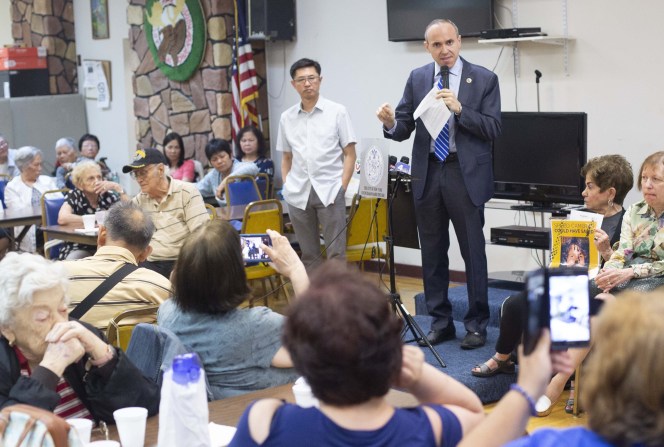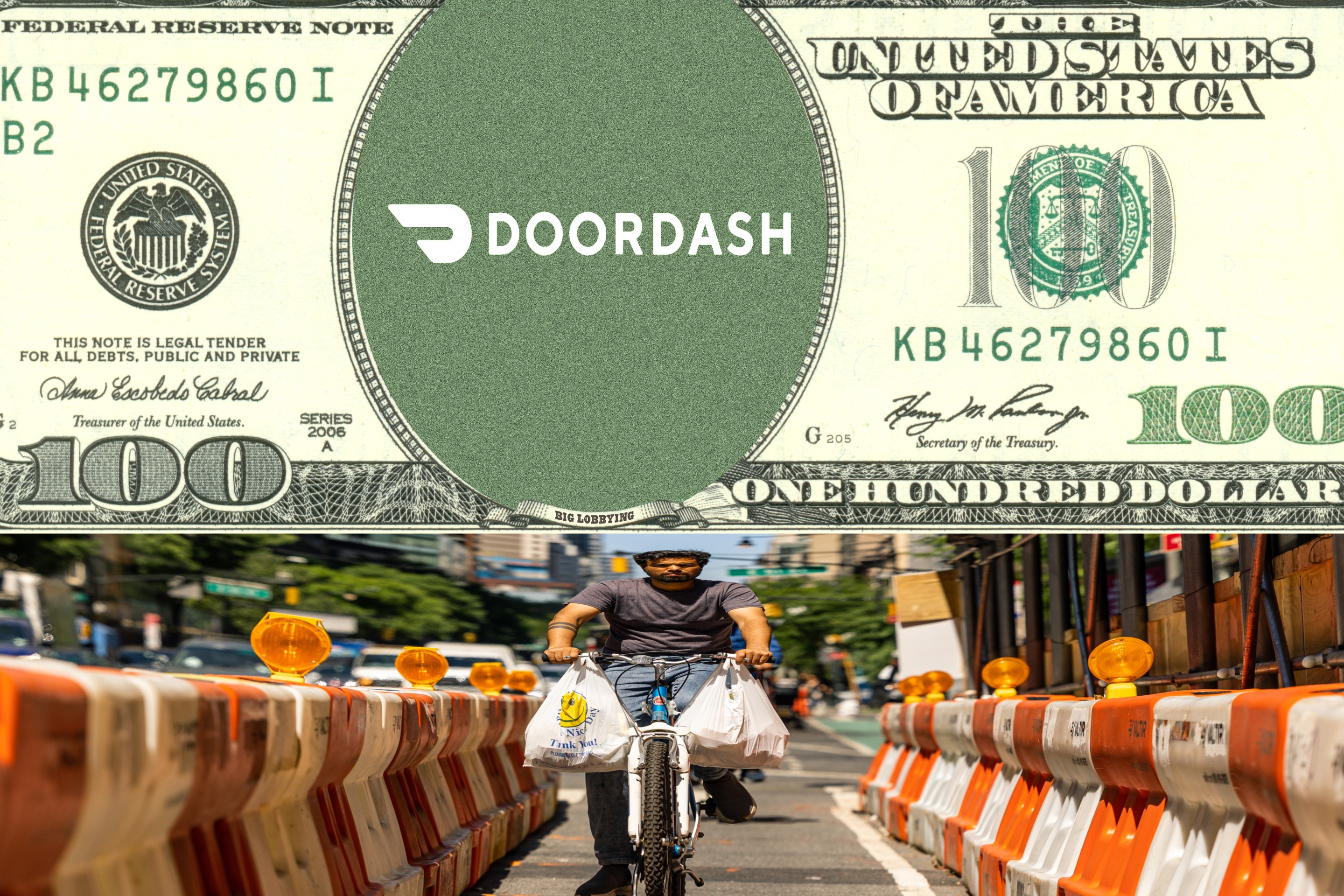In the aftermath of the vehicular killing of a 3-year-old Emur Shavkator at Bay 25th Street and Benson Avenue in Brooklyn, City Council Members Mark Treyger and Justin Brannan accused the city of inattentiveness to safety concerns in their district.
But the council member's proposed solution — installing a traffic light — would not have saved Shavkator, who was struck by driver Juanchi Seda as he crossed in the crosswalk alongside his mother, who was also hit and injured.
The intersection merely had a stop sign. But a traffic light would have made it more dangerous by encouraging drivers to speed.
Treyger should know better — and does, as he made clear last June while bashing State Senate Republicans' plan to substitute the city's speed camera program with traffic lights.
"Even if you add a traffic light, how many times have you seen someone going faster to beat the light?" Treyger asked the lunch crowd at Moose Lodge Senior Center in Bensonhurst. The seniors in the room raised their hands in the affirmative.
When employment of drivers of delivery trucks and taxis is structured so that they earn more (or work fewer hours) if they drive faster, they will inevitably make bad decisions. No amount of traffic calming can overcome a compensation scheme that rewards speeding.
— Pat Kiernan (@patkiernan) May 3, 2019
Researchers and transportation professionals agree.
“[On] side street, speeds actually increase,” former Traffic Commissioner Sam Schwartz told Streetsblog in 2011. “When cars see the green light, they may floor it," he said.

DOT's resistance to installing stop signs and traffic signals has earned it the ire of countless community boards and elected officials, but it didn't come out of nowhere. Federal guidelines limit them to intersections with heavy pedestrian or automobile volumes — meaning those where a traffic camera is necessary for drivers to cross safely.
But in Schwartz's time in city government, DOT often caved to politicians' requests for signals, even if they weren't warranted. At one point, a study found that crashes increased by 65 percent at intersections where traffic signals were installed, despite federal guidelines advising otherwise.
Shavkator was the fifth pedestrian or cyclist killed on Benson Avenue in Bath Beach since 2013. Cops arrested his killer, initially identified as Johnny Gonzalez, and charged him with the minor crimes of failure to yield and failure to exercise due care.
But even with good intentions, politicians like Treyger know well that traffic lights and stop signs aren't a panacea to stop people from ignoring the traffic signals, driving too fast or simply being distracted. Indeed, the NYPD wrote close to 40,000 tickets in just the month of March — roughly 1,320 a day.
The real solutions are systemic: Better enforcement, like automated speed cameras, to prevent and stigmatize reckless driving. Safer streets to keep auto speeds at safe levels. And even labor reforms to take out the financial incentive that encourages commercial drivers like Seda to speed and ignore stop signs.
Treyger and members of Families for Safe Streets will gather at the site of the collision on Sunday at 6:30 p.m. for a vigil honoring Shavkator.






